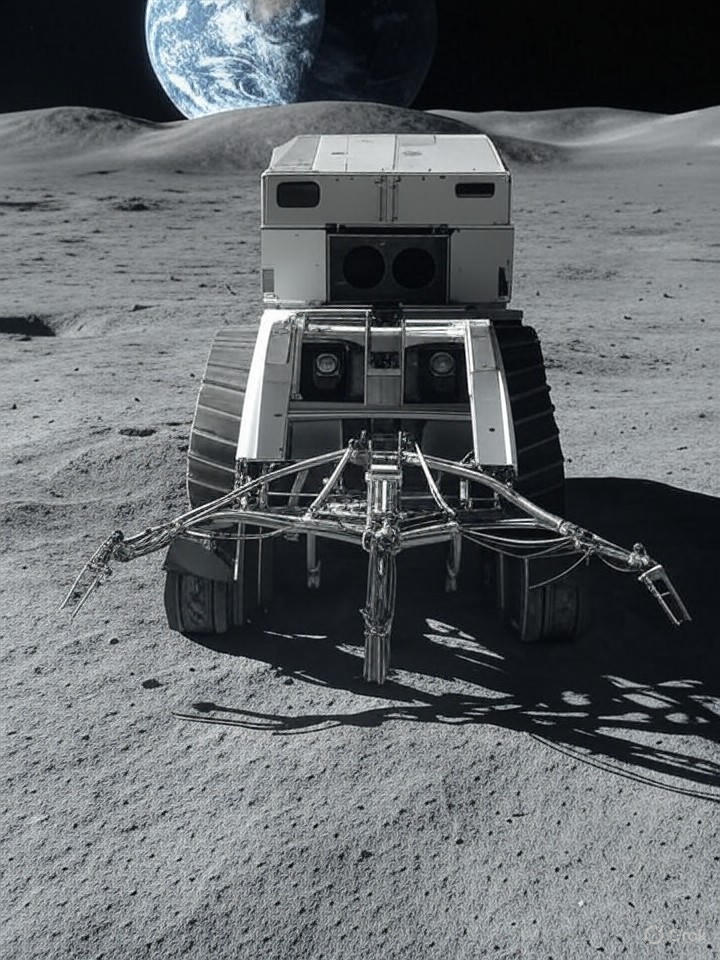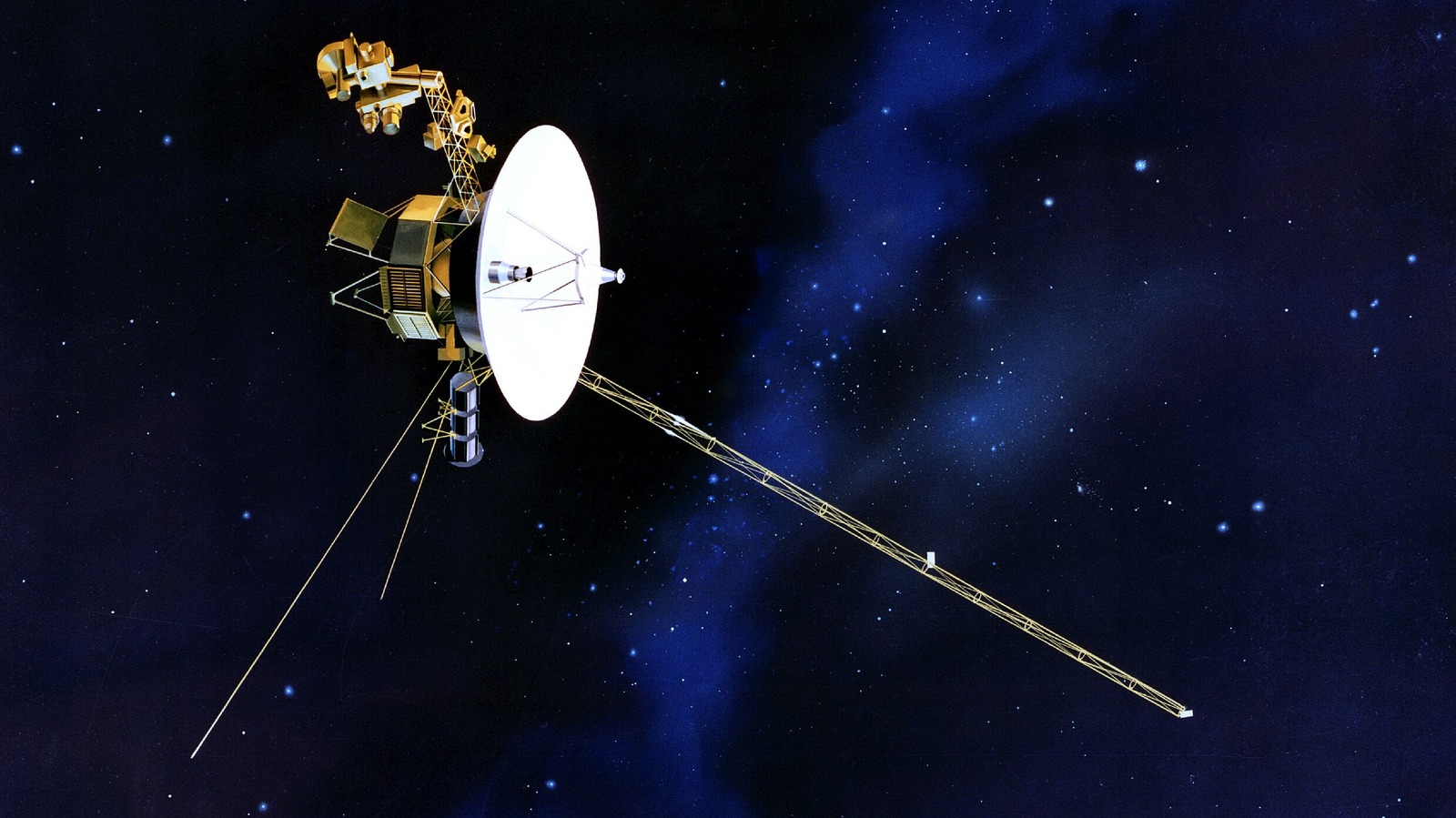A pioneering mining company, Interlune, has announced plans to extract helium-3 from the lunar surface, with operations projected to begin by 2028. This rare isotope, which is abundant on the Moon but scarce on Earth, has the potential to revolutionize industries such as clean energy and quantum computing. The announcement highlights an increasing interest in space mining, as both nations and private firms seek to harness the Moon’s resources.
Interlune claims it has identified significant deposits of helium-3 through advanced surveying techniques, setting the stage for what could be the first commercial extraction of lunar materials. The isotope’s value is estimated at up to $20 million per kilogram, driven by its applications in nuclear fusion reactors, which promise clean, waste-free energy. The potential benefits extend beyond energy, making helium-3 a critical component in sectors like medical imaging and supercomputing.
Geopolitical Implications of Lunar Resource Extraction
This development comes at a time when competition for lunar dominance is intensifying, particularly between the United States and China. According to a report from Space.com, Interlune’s efforts align with broader ambitions to secure helium-3 for various high-tech applications. The company has already entered agreements to supply up to 10,000 liters of the extracted material, demonstrating early market confidence in its capabilities.
Recently, Interlune unveiled a prototype harvester designed to process 110 tons of lunar regolith per hour. This technology aims to address the unique challenges of lunar operations, including extreme temperatures and the lack of atmosphere, while minimizing environmental impacts on the Moon’s surface. Coverage by The Washington Post highlighted this significant step towards operational feasibility.
Technological Innovations and Economic Viability
The potential of helium-3 extends beyond energy; it is also critical for maintaining ultra-low temperatures in quantum computing. An article in Forbes noted that Interlune is developing autonomous robotic systems for mining, which could be operational by 2028. This timeline coincides with NASA’s Artemis program and China’s Chang’e missions, which may create the infrastructure necessary for transport and processing.
Challenges remain, particularly the high costs associated with space travel and the untested economics of bringing materials back to Earth. Nevertheless, advocates believe that utilizing lunar resources for in-situ construction, such as habitats and fuel depots, could help offset these expenses. As discussed in Interesting Engineering, global superpowers view helium-3 as “moon gold,” with Russia also entering the competitive landscape, potentially reshaping energy geopolitics.
Financially, Interlune is attracting significant investment, recently raising funds to deploy multispectral cameras for precise resource mapping, as detailed in Autoevolution. A notable deal with the quantum cryogenics firm Bluefors marks one of the largest space resource contracts to date, underscoring helium-3’s role in advancing computational capabilities.
However, ethical considerations about equitable access to lunar resources under the Outer Space Treaty are becoming increasingly prominent. Critics caution against a new colonial rush, while supporters, including those cited in ESA publications, highlight the potential for shared technological advancements that could promote safer fusion energy and combat climate change.
Looking ahead, the successful extraction of helium-3 could catalyze a broader space economy focused on other resources, such as water ice and rare earth materials. Insights from 21st Century Tech Blog suggest that this could support permanent lunar settlements, reducing reliance on Earth-supplied resources. For industry insiders, the critical factor is scalability; if Interlune’s prototypes prove effective, investments could soar, transforming space exploration from a scientific endeavor into a profitable industry.
Ultimately, this lunar initiative represents a significant shift, positioning the Moon as a new frontier for innovation and commerce. As extraction technologies continue to evolve, the dream of harnessing celestial resources moves closer to reality, promising profound implications for technological advancement on Earth.







